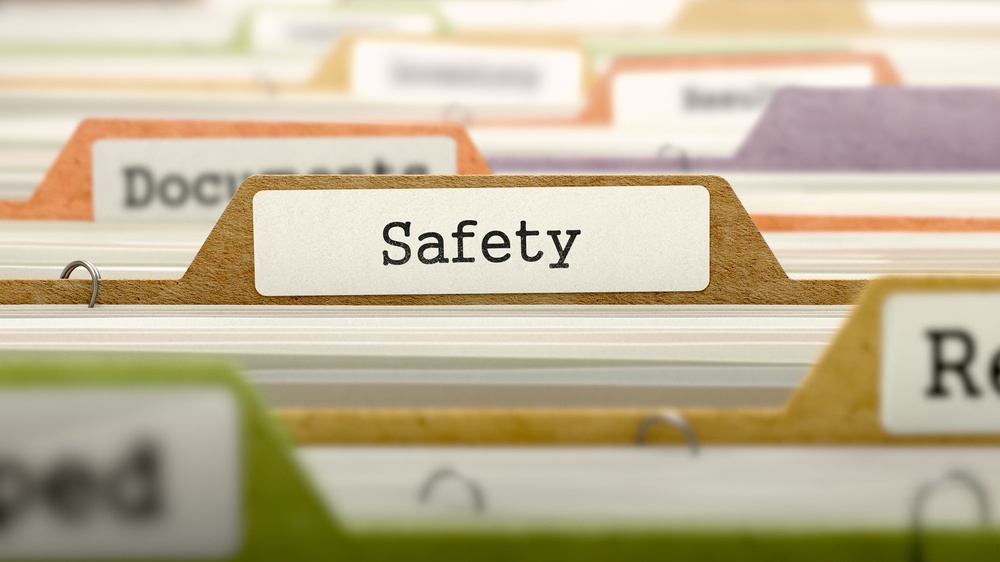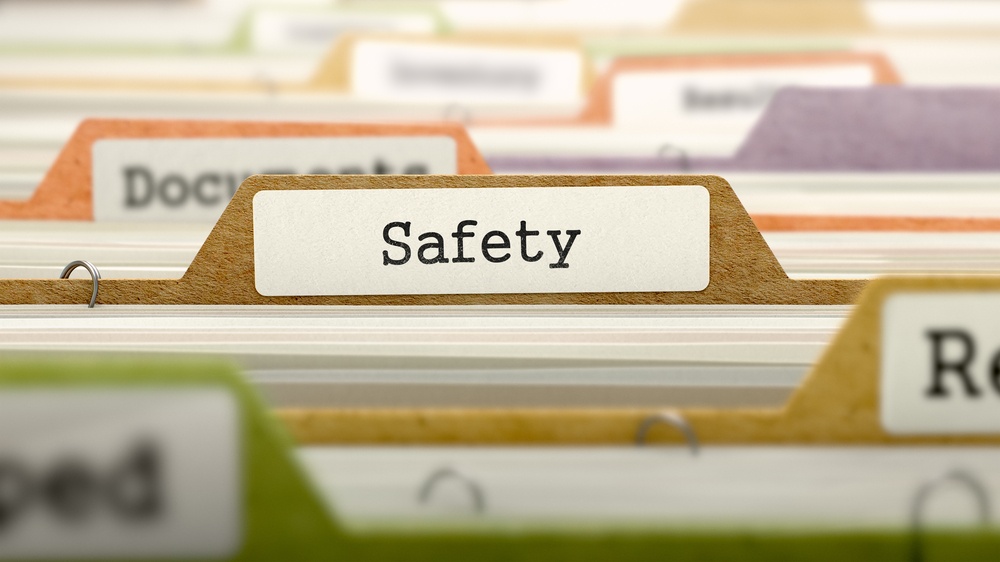
It certainly doesn’t pay to overlook the importance of regular testing of your water storage systems to determine whether Legionella is present. In fact, we can’t overemphasise just how critical it is that you approach and treat legionella testing with a regimented and robust attitude from the get-go. Anything less than conducting a rigorously routine appraisal of your system leaves the door ajar for all manner of bacteria to makes themselves at home within your internal watercourse (be it of a domestic nature, employment environment or public service-providing surround). The upshot of this being, the potential for the uncompromising legionella bacteria to make its presence felt, via water outlets which the public tend to interact with.
However, one of the biggest questions remains, as to quantifying a time period for legionella testing; and moreover what experts within the sector (and of course, government legislation currently in place) dictate is the timescales which should be acknowledged and fundamentally adhered to. While another common query centres round in-house testing, and its perceived alternative, outsourcing. Although the base needs and rudimentary responsibilities offered by both need to work in tandem to offer a complete service to those looking to proficiently shore up their legionella defences.
With these two crucial points foremost in our minds, beneath we establish definitive answers for those wanting to know how often you should be testing for legionella. But before we leap in, there’s another equally important questions which also need addressing. That being, ‘Is legionella testing for businesses/property owners deemed a legal requirement?’ In short, the answer is yes. Existing legislative measures mean that it’s considered an offence in the eyes of UK lawmakers should business premises owners or landlords flout the rules and regulations in place which clearly spell out responsibilities to members of the public who enter their properties for various reasons, in terms of their health and safety. However, specifically looking at ongoing legionella testing (in the aftermath of a legally-binding legionella risk assessment from the outset) is a different kettle of fish.
Explain Yourself?
Putting it in elementary terms, while there is an overlapping legal duty for business premises owners and landlords to maintain and manage any potential risk of exposure to legionella within their properties, present Health and Safety law doesn’t stipulate said owners need to either produce or obtain any paperwork tantamount to a ‘Legionnaires testing certificate’ as such. Nor, by the same token, does the HSE recognise the existence of such documentation. So, although it’s firmly entrenched in practice and protocol that an exacting legionella risk assessment is always performed at the point a water storage system is either installed, or in some part revised as a facility, the same rule of thumb doesn’t extend to further/future testing of said infrastructures.
That being said, it’s also worth noting paragraph 17 of the Health and Safety at Work (HSaW) Act 1974, which draws the reader’s attention to the possibility of codes of practice being used in criminal proceedings in certain sets of circumstances. It reads;
‘A failure on the part of any person to observe any provision of an approved code of practice shall not of itself render him liable to any civil or criminal proceedings; but where in any criminal proceedings a party is alleged to have committed an offence by reason of a contravention of any requirement or prohibition imposed by or under any such provision as is mentioned in section 16(1) being a provision for which there was an approved code of practice at the time of the alleged contravention, the following subsection shall have effect with respect to that code in relation to those proceedings.’
So, although testing for legionella once an initial risk assessment is carried out isn’t a legal obligation, there’s no escaping the fact that not routinely monitoring and controlling any threat from a range of bacteria which could be lying dormant in your water storage system would be incredibly short-sighted and possibly, law-contravening at some juncture. Plus, it makes a deal of sense to keep tabs on something with the potential to endanger employee/tenant/general public’s health, on ethical and legal grounds.
Which Takes Us Back to the Question of How Often We Should Test for Legionella?
And this in itself needs breaking down into two separate areas of response. Namely regulatory and risk-based. With reference to frequency of testing for legionella, then decisions tend to boil down to risk perception and outlay; apart from in instances whereby regulation-compliance is mandatory. With regards to the former approach, regulatory legionella testing is fairly straightforward to grasp the concept of. Here in the UK, formulaic procedures with cooling towers, evaporative condensers, spa pools and the like (falling under the heading of ‘open systems’) should be tested on a quarterly cycle. Although certain situations may arise which mean more frequent testing is necessary.
As far as the HSE is concerned, if and when the following scenarios play out;
- Water is stored (or distribution) temperatures are reduced
- Control levels of the treatment regime (e.g., temperature or disinfectant concentrations) are not being consistently achieved
- Population with increased susceptibility (for instance, in healthcare premises)
- Water systems is suspected (or identified) in a case or outbreak of Legionellosis
In these particular situations then the legal nuances and enveloping context would be determined by employment laws which serve to safeguard the public against recognised risks.
Looking at the latter – and therein conducting legionella testing to avoid risks in the first place – and adherence can differ between sectors, and for the most part are dictated by individual facilities. As a means of better illustrating this, risks are deemed higher when it comes to water storage systems found within healthcare properties, leisure centres and hotels, compared to office blocks and factories for example. Primarily based on the susceptibility of typical users of these public services to health issues; based on many variables, but mostly age and underlying health issues. Another key factor taken into consideration is the age and/or complexity of an internal water system. Dead legs and temperature disparities are far more likely to occur in larger systems, which in turn might herald the presence of biofilm and subsequent legionella growth. Taking these underlying issues into account, facility managers would then ascertain risk based on perceptions.
In the event that a water storage/distribution system experiences a non-conformance period as a direct result of being found wanting in targeted areas, then water treatment experts will always recommend more frequent testing for legionella; until such time as control can be restored and re-established. Be this daily or weekly from the re-start, and naturally once a full legionella/water hygiene risk assessment has been undertaken. Timings of ongoing checks thereafter can alter between employers, property managers, landlords, etc, yet is normally set in stone by the upshot of water hygiene risk assessments. By and large, annual water sampling is considered the industry norm for the majority of commercial properties, with six monthly checks the order for incoming cold water inlet and monthly monitoring of sentinel taps re: hot and cold water.
What Other Instances Might Force Hands on Frequency of Legionella Testing?
Whilst it’s not altogether unheard of for some properties to forego routine sampling of watercourses, in others – such as care and rest homes for the elderly being just one – it’s imperative that testing is conducted on a permanent cycle. But aside from this, there are a number of other milestones when legionella testing should be instigated ASAP. As per HSG274 Pt 2, point 2.120 guidance, these situations come to the fore if and when doubt is cast about the efficiency of the control regime; and include;
- Water system has been subject to biocide treatment, and is stored/distributed at lower temps. In which case initial testing needs to be performed monthly thereafter and then reviewed until such time as confidence in regime effectiveness is restored
- Internal plumbing systems have been modified in any way
- Limits of a control regime are falling short of expectations/failing to achieve consistency (re: temperature or disinfectant concentrations, etc). Comprehensive review of system and treatment protocols, coupled with frequent testing need to be instilled until situation changes. Only once the system is brought back under control (according to monitoring) should frequency of testing be looked at again.
- As touched on earlier, when identification of a high-risk area (or population with increased susceptibility, like for example, healthcare premises) is made, or when a water system is suspected in an outbreak of Legionellosis
Finally, In-house or Outsource Then? Which Works Best?
This rather depends on a number of factors. Manpower, money, susceptibility and age of water system to name but a few. Ideally a double-pronged course of action is always the best plan, with dedicated water treatment professionals carrying out the initial risk assessments (and returning on a 6 monthly cycle to re-appraise the system and set about implementing any revisions which might be required since the last visit), combined with in-house monitoring. The latter checks focusing on more timely intervals from a person made responsible within a company or organisation to prioritise this.







